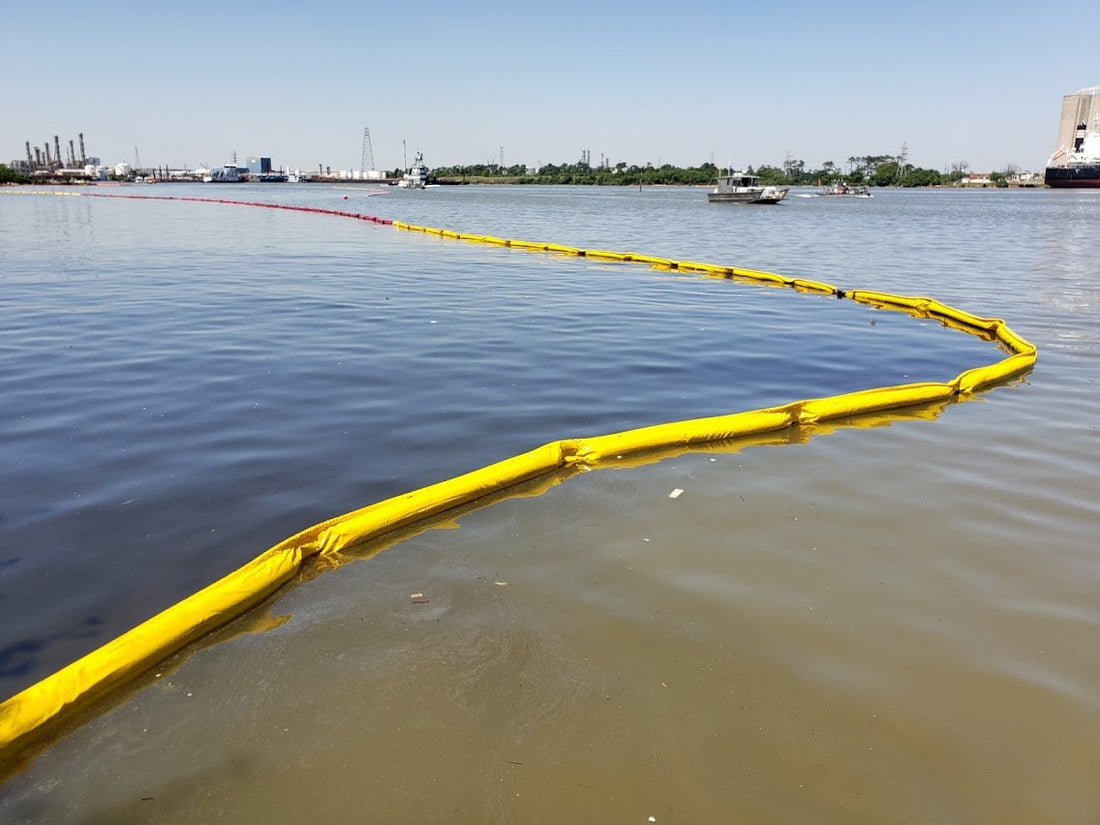
Urban Spill Response Strategies: Prioritizing Health and Environment
Ashton RouthierShare
Overview
Urban spill response strategies are critical in protecting human health and restoring the environment. By employing a combination of advanced techniques and tailored approaches, urban areas can effectively manage and recover from oil spills, ensuring safety and sustainability.

Introduction
In urban settings, spill response strategies prioritize protecting human health and swiftly restoring the affected site to minimize both immediate and long-term impacts. The "urban" category encompasses a wide range of environments, including densely populated areas with paved surfaces, green spaces like forests and parks, and residential or commercial zones. Each of these environments presents unique challenges and requires tailored responses.
For instance, spills on paved surfaces necessitate rapid containment and cleanup to prevent the spread of contaminants through stormwater systems, which could lead to broader environmental contamination and public health risks. In green spaces such as urban forests and parks, the response must consider the preservation of wildlife and vegetation, requiring strategies that minimize ecological damage while effectively removing pollutants.
Protecting Human Health and the Environment
The primary goal in urban spill response is to safeguard human health. This involves quick action to mitigate any immediate hazards and ensure the spill site is made safe for public use as soon as possible. Immediate hazards can include toxic fumes, fire risks, and direct contact with hazardous materials, all of which pose significant threats to residents and first responders. Rapid response teams must therefore prioritize containment and removal of the spill to prevent these dangers from escalating.
Different urban environments, from busy streets to serene parks, require specific strategies to address the unique challenges each setting presents. In densely populated areas such as busy streets, the response must be swift to minimize disruption and protect the large number of people who could be affected. This often involves coordinated efforts with traffic management teams to divert vehicles and pedestrians away from the contaminated area, while hazardous materials teams work to contain and clean up the spill. Measures such as deploying barriers, absorbents, and neutralizing agents are commonly used to control the spread of hazardous substances.
Importance of Oil Recovery
Recovering spilled oil is crucial as it can contaminate groundwater or enter water bodies through runoff. Used oil should never be flushed into the sewage system, making oil recycling plans essential. Containment can be achieved using berms and trenches. In some cases, flooding the spill area can "float" the oil to the water's surface, facilitating recovery since oil is typically lighter than water. Additionally, vacuums, skimmers, shoreline cleaning agents, and sorbents are employed, alongside bioremediation. Contaminated soil can be excavated using earth-moving equipment for proper disposal.
Tailored Responses for Diverse Urban Environments
Urban areas encompass a variety of ecosystems, each requiring specific response strategies to effectively manage oil spills and other contaminants. For instance, a spill on a paved surface, such as a roadway or parking lot, necessitates rapid containment and recovery techniques to prevent the spread of oil through stormwater systems, which can lead to broader environmental contamination and pose significant public health risks. These techniques might include the use of absorbent materials, vacuum trucks, and immediate sealing of storm drains.
In contrast, a spill in a park or forested area demands a different approach. These natural environments host a diverse array of plant and animal life that can be severely impacted by contaminants. In such areas, responders must use methods that minimize ecological damage, such as carefully removing contaminated soil, employing bioremediation techniques to naturally break down pollutants, and using wildlife-safe cleaning agents.
Advanced Techniques in Spill Management
Modern spill response incorporates various advanced techniques and tools. Utilizing vacuums, skimmers, and specialized cleaning agents can significantly enhance the efficiency of oil recovery. Moreover, bioremediation, which uses microorganisms to break down pollutants, offers a sustainable approach to managing spills. These methods, combined with traditional containment measures like berms and trenches, ensure a comprehensive response to urban spills.
source: https://www.oilspillprevention.org/oil-spill-cleanup/land-oil-spill-cleanup#:~:text=Farms%20and%20Grasslands,of%20choking%20off%20plant%20life.